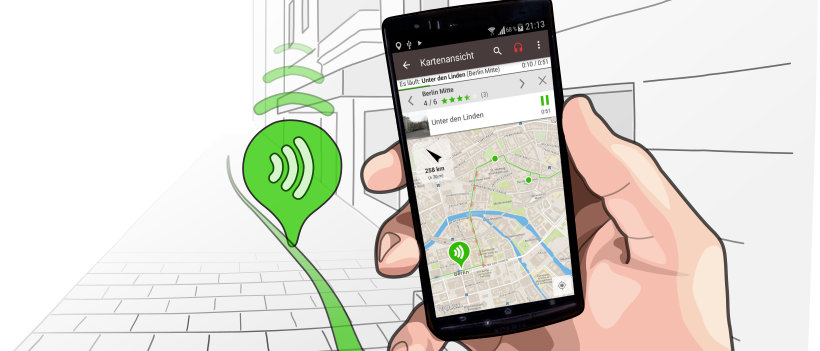It all started with “CCAA”…at least in Cologne…
The abbreviation stands for “Colonia Claudia Ara Agrippinensium”, where “Colonia” means Roman colony, “Claudia” refers to the Roman emperor Claudius and “Agrippinensium” to Agrippina, Claudius’ wife, who played a key role in founding the Roman colony of Cologne.
“Ara” refers to the Roman sanctuary in Cologne at the time, the altar.
Cologne officially received Roman city rights on July 8, 50.
The city’s founder Agrippina is commemorated with a sculpture on the town hall tower.
Remains of city fortifications from the Roman era are scattered throughout the city center, such as the Lysolph Tower and parts of the north gate on the cathedral square.
The Roman Tower is one of 19 towers built by the Romans that were part of the then approximately 4 km long city wall. It was built around 50 AD.
The outside of the tower is impressive and decorated with natural stone mosaics (red sandstone, white limestone, greywacke, trachyte). The design varies depending on the height, as the upper part was only completed around 300 years later.
It is hard to believe that the tower was used as a latrine by the Poor Clares: from 1304 to 1802 the tower was part of the Poor Clares monastery.
After secularization, the Roman tower was extended and temporarily used for residential purposes.
The tower has been in municipal ownership since 1873 and was thus saved from demolition. The city trimmed it back to its original “Roman” height.
Since 1984 it has housed an art gallery.
You can find out more about Roman history in Cologne in the Roman-Germanic Museum.
“A History of the City of Cologne” about Empress Agrippina
Continue to the Pfaffenpforte, just a few minutes’ walk from here, just follow the impressive Cologne Cathedral.
Image source above: By I, VollwertBIT, CC BY-SA 2.5, https://commons.wikimedia.org/w/index.php?curid=2474263



